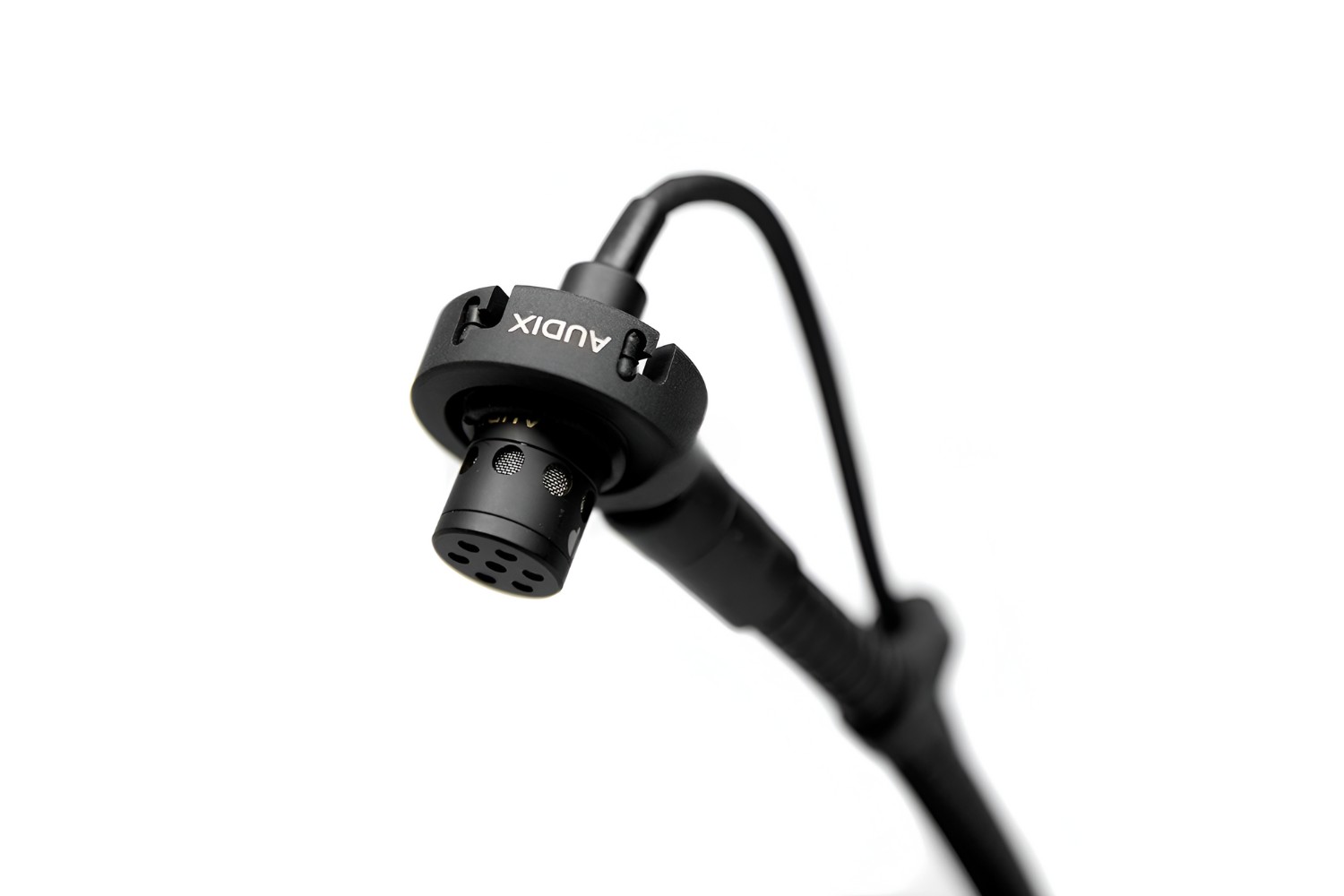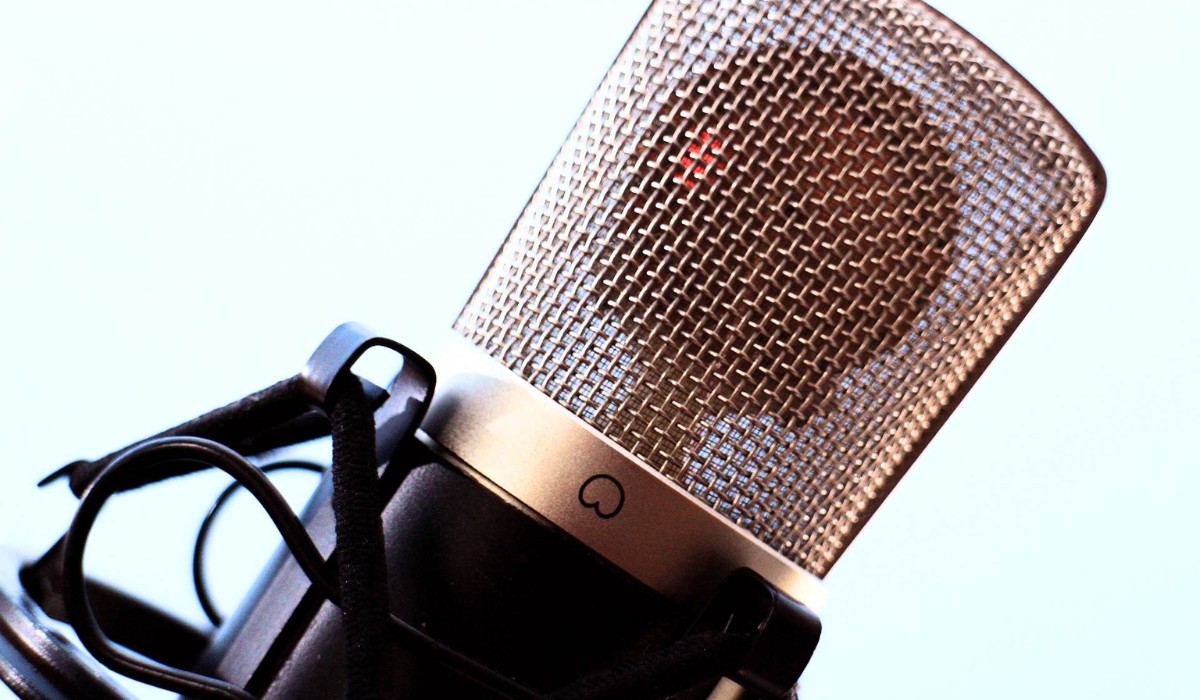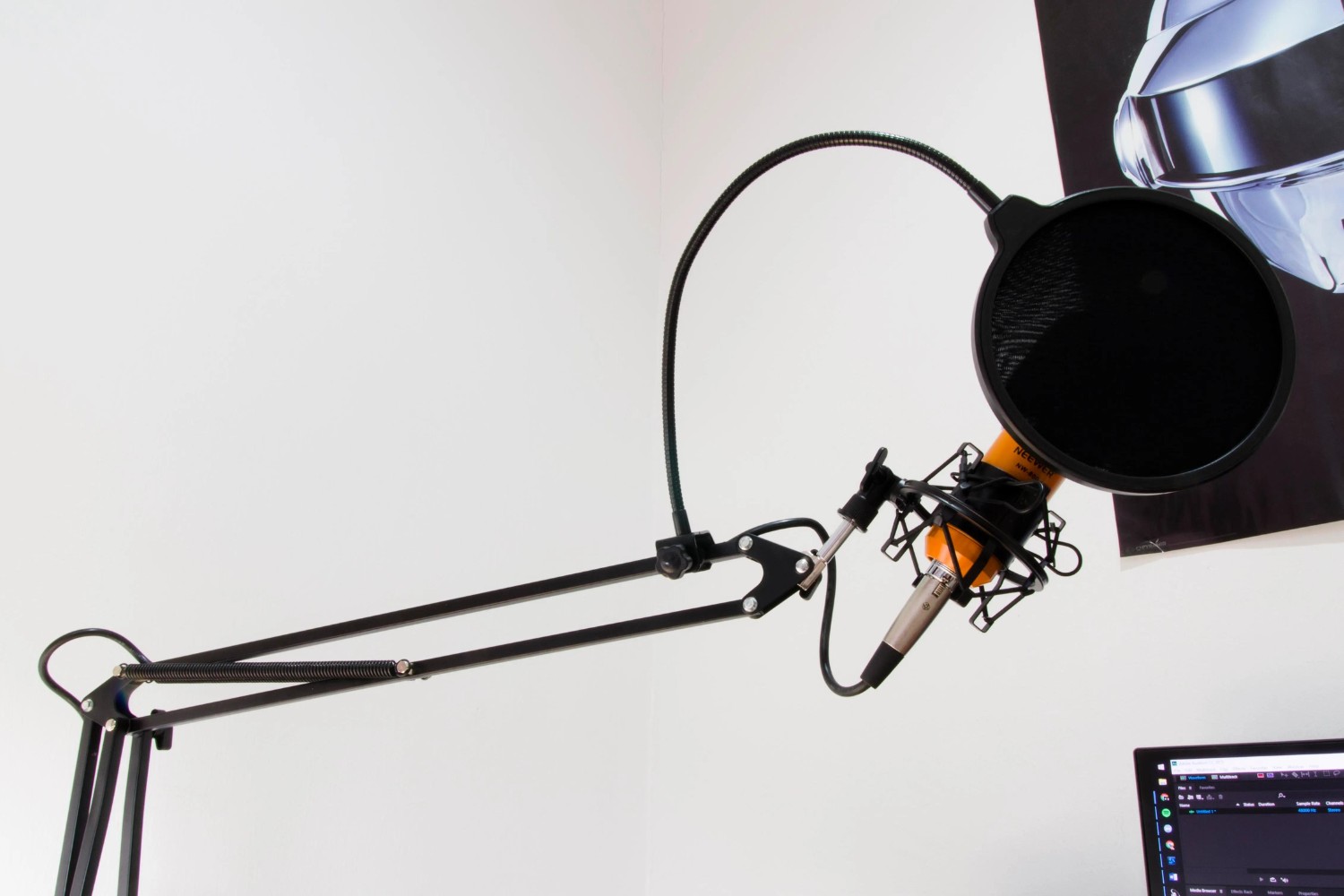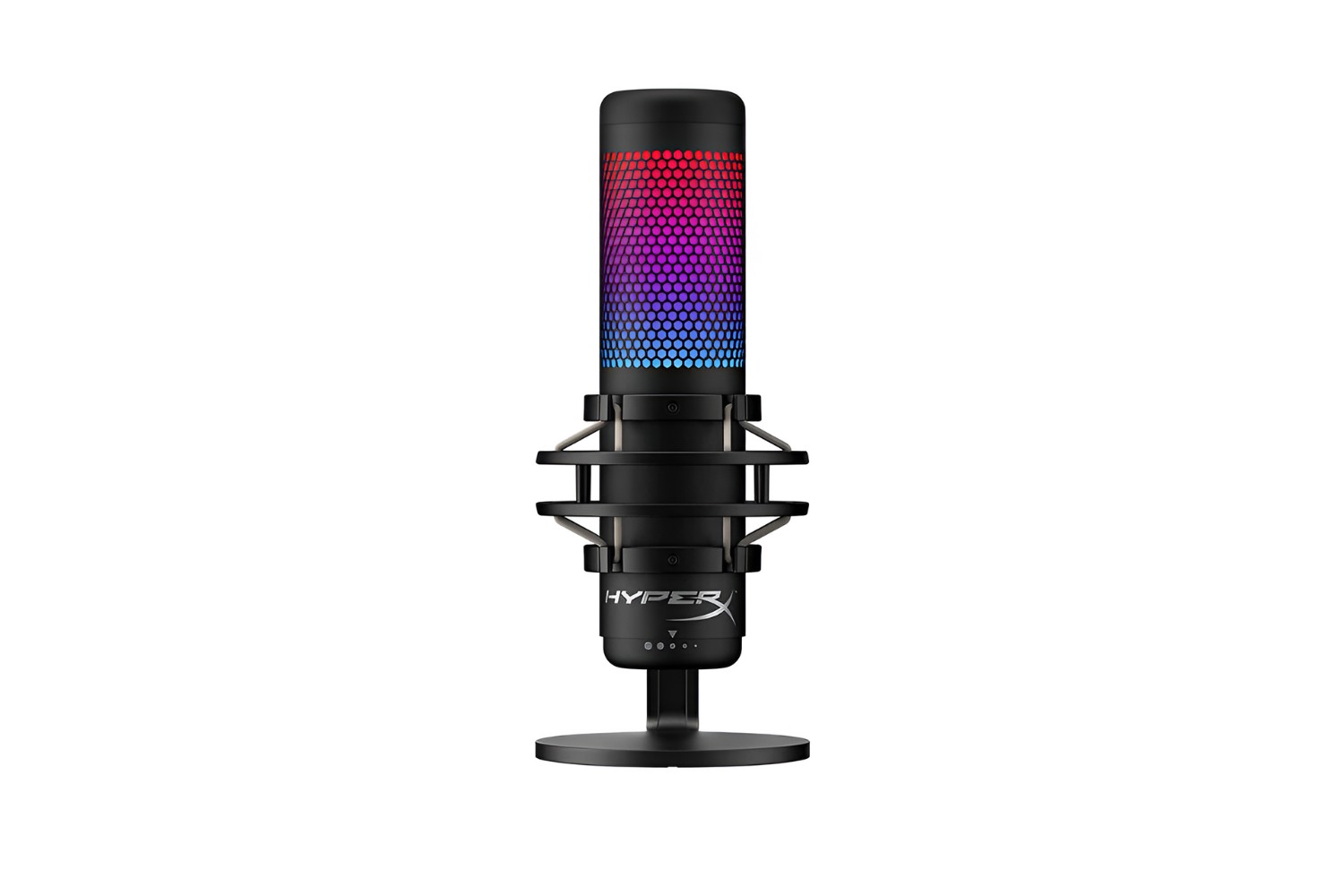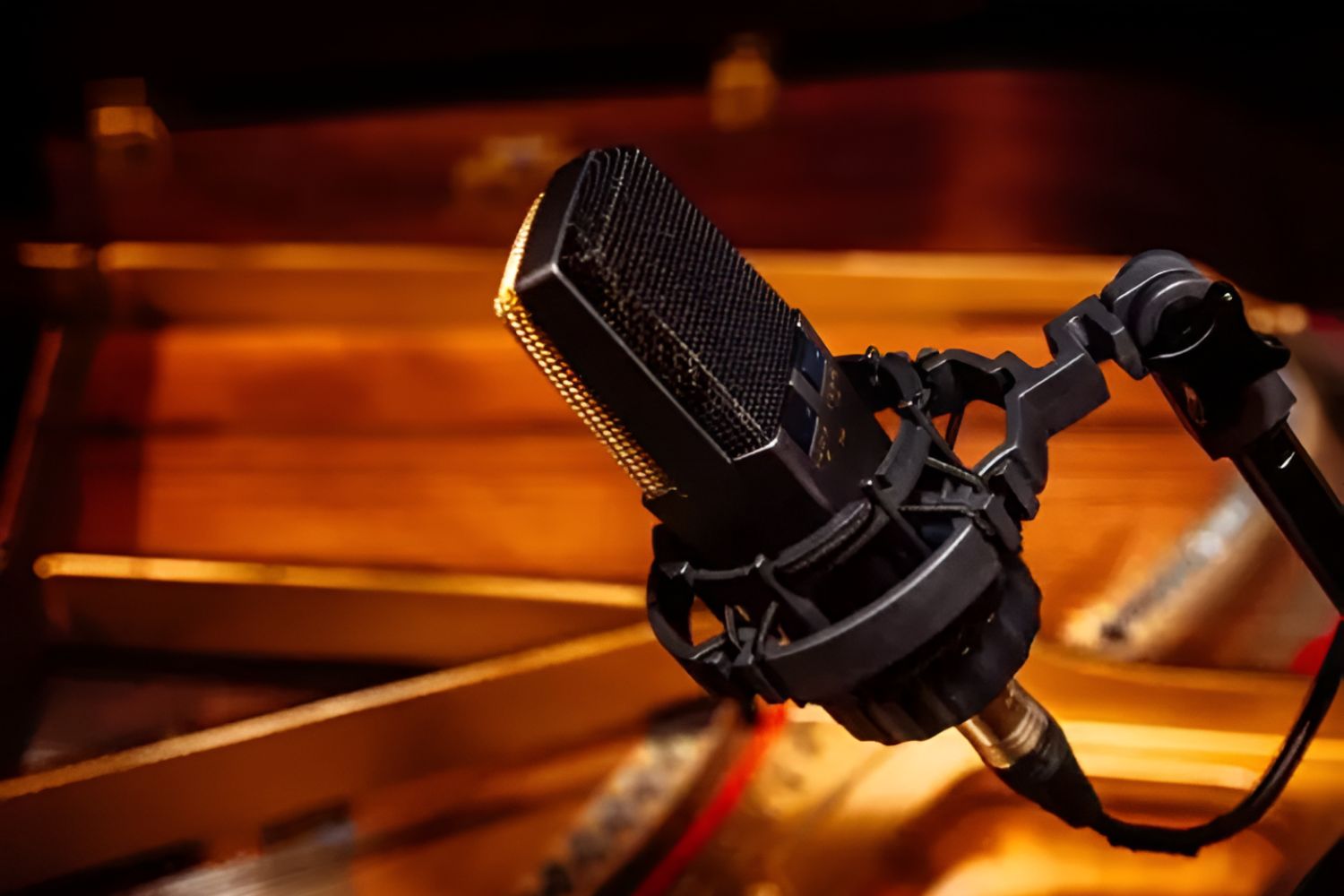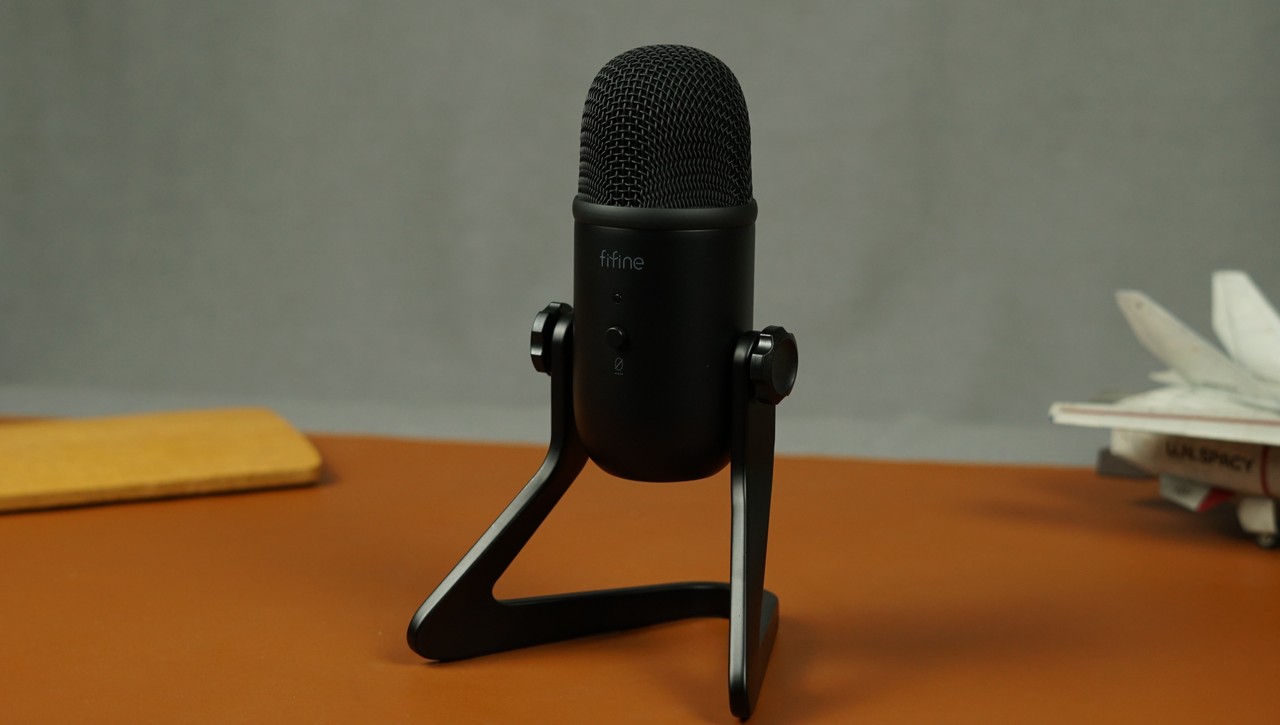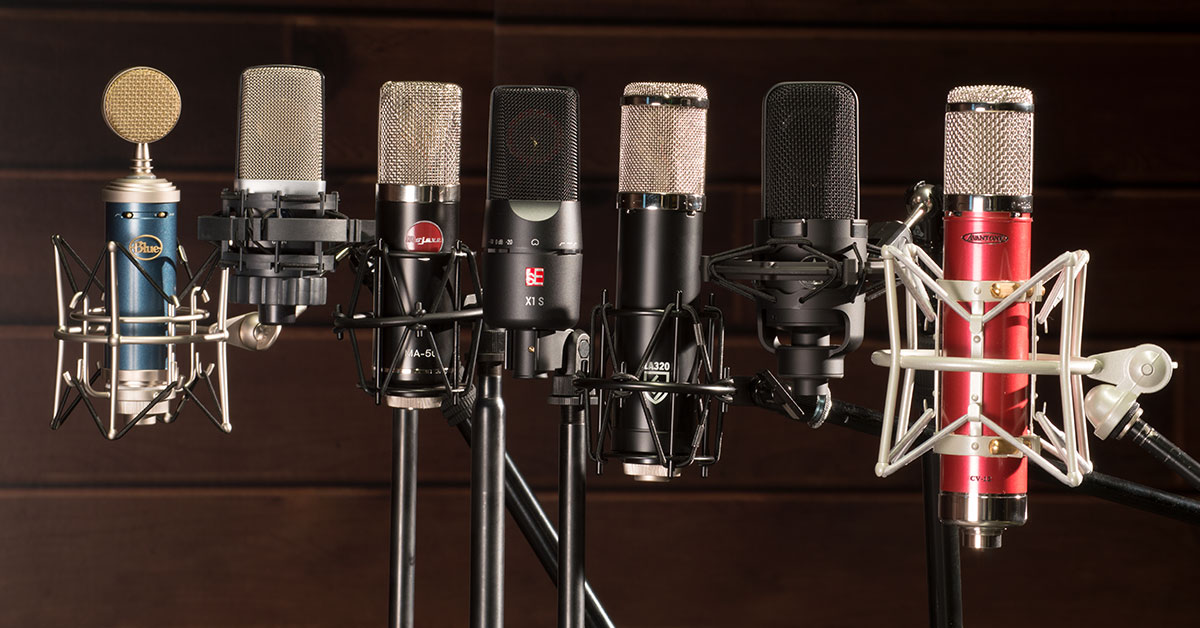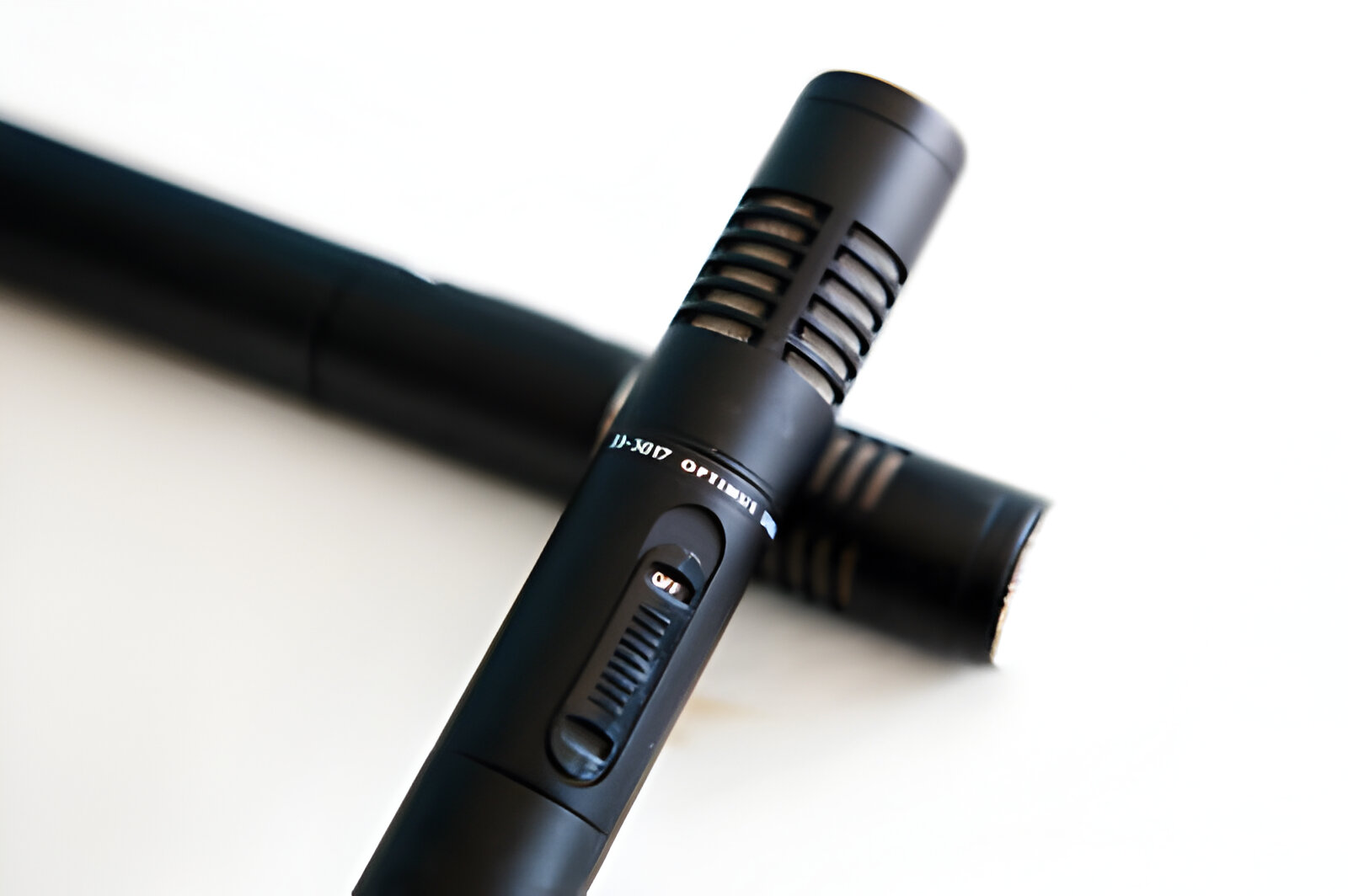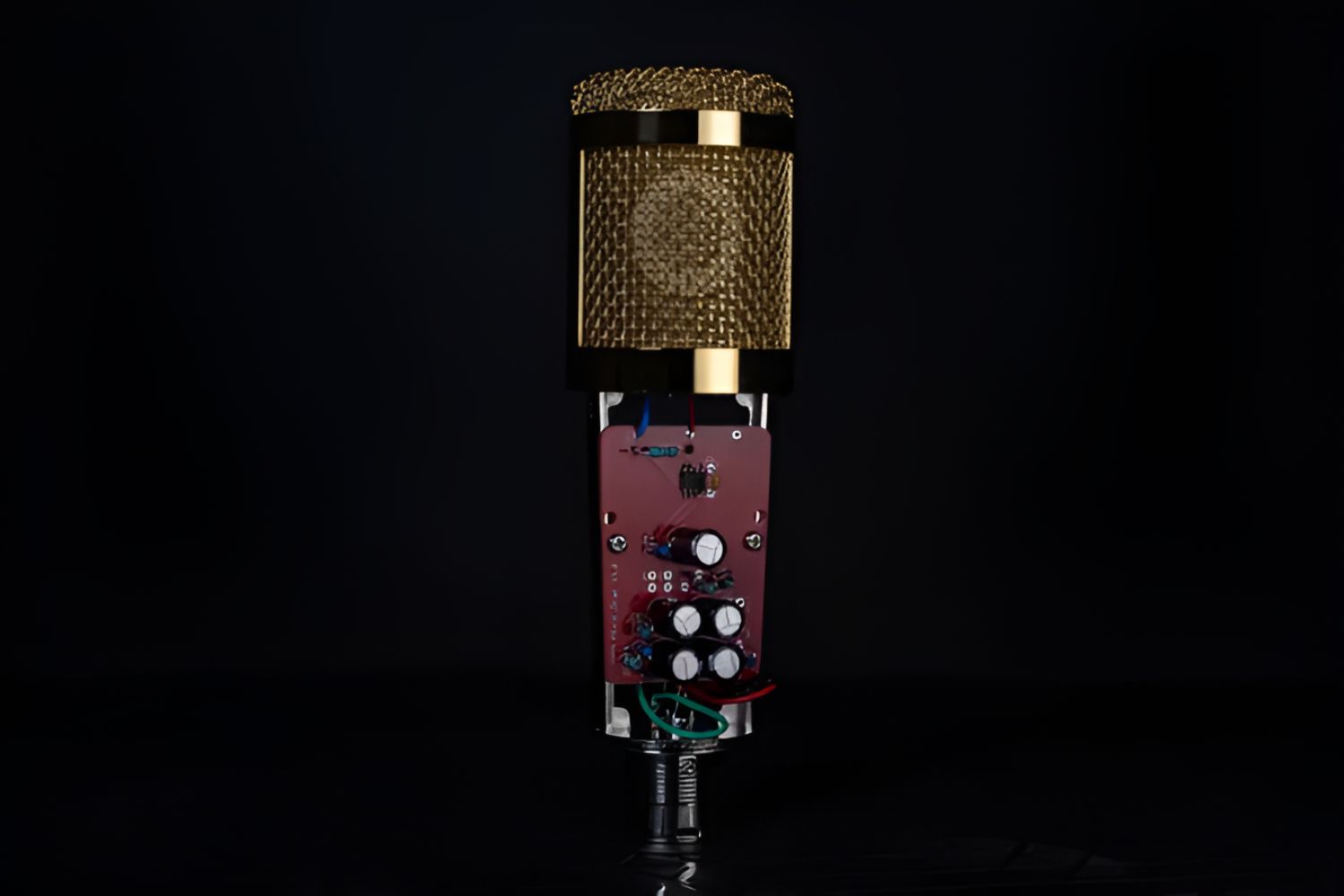Introduction
A prepolarized condenser microphone is a sophisticated audio recording device that utilizes the principles of condenser technology to capture sound with exceptional clarity and precision. Unlike traditional condenser microphones, which require external polarization voltage, prepolarized condenser microphones are designed to operate with a standardized polarization voltage, typically 200V. This innovative feature simplifies the setup process and makes these microphones more accessible to a wider range of users.
Prepolarized condenser microphones have gained popularity in various professional and consumer audio applications due to their remarkable performance and user-friendly design. Whether used in studio recording, live sound reinforcement, acoustic measurements, or broadcast environments, these microphones offer unparalleled versatility and reliability.
In this article, we will delve into the inner workings of prepolarized condenser microphones, explore their unique advantages, and examine the diverse applications where they excel. By understanding the technology and benefits behind these microphones, you will gain valuable insights into how they can elevate the quality of audio recordings and measurements across different settings. Let's embark on a journey to uncover the fascinating world of prepolarized condenser microphones and discover the impact they have had on the audio industry.
How Prepolarized Condenser Microphones Work
Prepolarized condenser microphones operate on the fundamental principles of condenser technology, utilizing a diaphragm, backplate, and a polarized electric field to capture sound waves and convert them into electrical signals. Unlike traditional condenser microphones, which require an external polarization voltage, prepolarized condenser microphones are designed to function with a standardized polarization voltage, typically 200V. This inherent polarization simplifies the setup process and eliminates the need for specialized power supplies, making these microphones more convenient and accessible for users.
When sound waves reach the diaphragm of a prepolarized condenser microphone, the diaphragm vibrates in response to the acoustic pressure variations. This movement causes the distance between the diaphragm and the backplate to change, resulting in a fluctuation of the electric field between them. As a result, an electrical signal proportional to the sound waves is generated. This signal is then amplified and processed to produce an accurate representation of the original sound.
The prepolarized design of these microphones ensures that the polarization voltage is consistently applied, simplifying the overall operation and maintenance. This standardized voltage also contributes to the stability and reliability of the microphone, allowing for consistent performance in various recording and measurement scenarios.
Additionally, the prepolarized condenser microphone’s design often incorporates built-in electronic circuitry to compensate for environmental factors, such as temperature and humidity, which can affect the microphone’s performance. This feature enhances the microphone’s accuracy and stability, making it suitable for a wide range of applications in different acoustic environments.
Overall, the innovative design and functionality of prepolarized condenser microphones make them a preferred choice for professionals and enthusiasts alike, offering exceptional performance and ease of use in diverse recording and measurement applications.
Advantages of Prepolarized Condenser Microphones
Prepolarized condenser microphones offer a multitude of advantages that set them apart from other microphone technologies, making them a popular choice in various audio recording and measurement applications. These advantages stem from their innovative design and functionality, providing users with enhanced performance and convenience.
- Convenience: The standardized polarization voltage of prepolarized condenser microphones simplifies the setup process, eliminating the need for external polarization voltage sources. This inherent feature makes these microphones more convenient and user-friendly, especially in live sound and field recording scenarios where portability and ease of use are crucial.
- Reliability: The consistent application of polarization voltage in prepolarized condenser microphones contributes to their reliability and stability. This ensures consistent performance in diverse acoustic environments, making them a dependable choice for critical audio recording and measurement tasks.
- Flexibility: Prepolarized condenser microphones are known for their versatility, as they can be used in a wide range of applications, including studio recording, broadcast, acoustic measurements, and live sound reinforcement. Their flexibility makes them valuable tools for professionals and enthusiasts seeking a single microphone solution for various recording needs.
- Integrated Circuitry: Many prepolarized condenser microphones incorporate built-in electronic circuitry to compensate for environmental factors such as temperature and humidity. This feature enhances the microphone’s accuracy and stability, allowing for reliable performance in challenging recording and measurement conditions.
- High Performance: These microphones are designed to deliver exceptional audio quality, capturing sound with clarity and precision. The combination of condenser technology and prepolarized design results in high-performance microphones that excel in capturing the nuances of musical instruments, vocals, and environmental sounds.
Overall, the advantages of prepolarized condenser microphones make them a preferred choice for professionals and audio enthusiasts seeking reliable, high-performance microphones for a wide range of recording and measurement applications.
Applications of Prepolarized Condenser Microphones
Prepolarized condenser microphones find extensive use in diverse audio recording and measurement applications, showcasing their versatility and reliability across different settings. The unique advantages and performance characteristics of these microphones make them valuable tools in various professional and consumer environments.
- Studio Recording: In studio environments, prepolarized condenser microphones are favored for capturing vocals, acoustic instruments, and ambient sounds with exceptional clarity and fidelity. Their high-performance capabilities make them indispensable for professional music production and audio engineering.
- Live Sound Reinforcement: These microphones are well-suited for live sound applications, including concerts, events, and public address systems. Their reliability and ease of use make them ideal for capturing live performances and ensuring clear, natural sound reproduction in challenging acoustic environments.
- Broadcast and Podcasting: Prepolarized condenser microphones are commonly used in broadcast studios and podcasting setups, delivering broadcast-quality audio for radio, television, and online content creation. Their ability to capture voices and ambient sounds with precision makes them essential tools for professional broadcasters and content creators.
- Acoustic Measurements: In scientific and industrial settings, prepolarized condenser microphones play a vital role in acoustic measurements, including noise analysis, environmental noise monitoring, and sound level measurements. Their accuracy and stability make them valuable for scientific research, environmental monitoring, and industrial quality control applications.
- Field Recording: For outdoor and on-location recording, prepolarized condenser microphones offer portability and high-quality audio capture, making them ideal for capturing environmental sounds, wildlife recordings, and documentary audio. Their versatility and reliability in outdoor settings make them essential for field recording professionals and nature enthusiasts.
These diverse applications highlight the adaptability and performance of prepolarized condenser microphones, demonstrating their significance in professional audio production, scientific research, and everyday recording needs. Whether in a controlled studio environment or a dynamic outdoor setting, these microphones consistently deliver exceptional results, earning the trust of audio professionals and enthusiasts worldwide.
Conclusion
Prepolarized condenser microphones have revolutionized the audio industry with their innovative design, exceptional performance, and versatile applications. Their unique advantages, including standardized polarization voltage, reliability, and high performance, have made them indispensable tools for professionals and enthusiasts across various audio recording and measurement scenarios.
By simplifying the setup process and eliminating the need for external polarization voltage sources, prepolarized condenser microphones have enhanced the convenience and accessibility of high-quality audio capture. This has significantly expanded their use in live sound reinforcement, field recording, studio production, and scientific measurements, demonstrating their adaptability and reliability in diverse environments.
Furthermore, the integration of advanced electronic circuitry to compensate for environmental factors has elevated the accuracy and stability of prepolarized condenser microphones, making them dependable solutions for critical recording and measurement tasks. Their flexibility and high-performance capabilities have solidified their position as essential tools in studio recording, live sound reinforcement, broadcast, acoustic measurements, and field recording.
In conclusion, the impact of prepolarized condenser microphones on the audio industry is profound, as they continue to set new standards for audio quality, reliability, and user-friendly operation. Their ability to capture sound with exceptional clarity and precision has transformed the way professionals and enthusiasts approach audio recording and measurement, paving the way for new creative possibilities and technological advancements in the field of acoustics and sound engineering.







